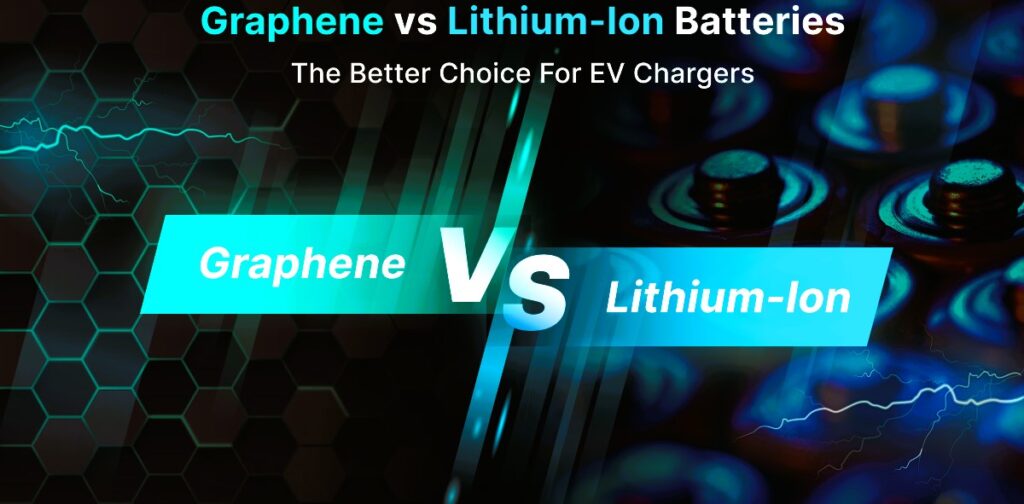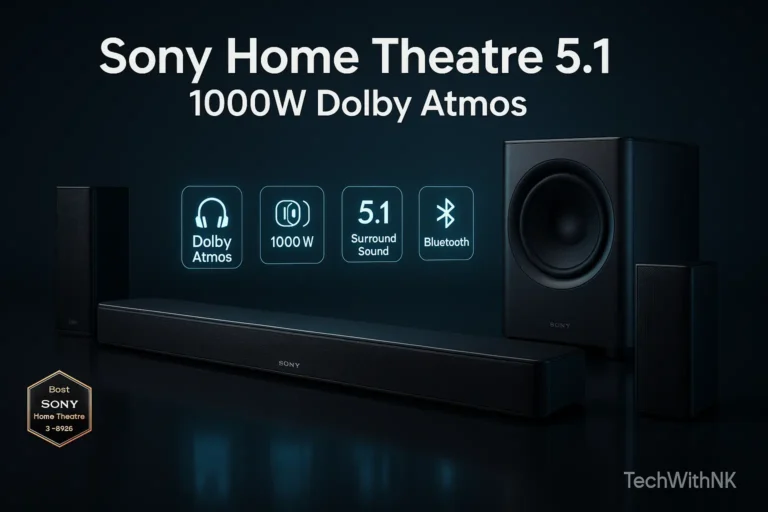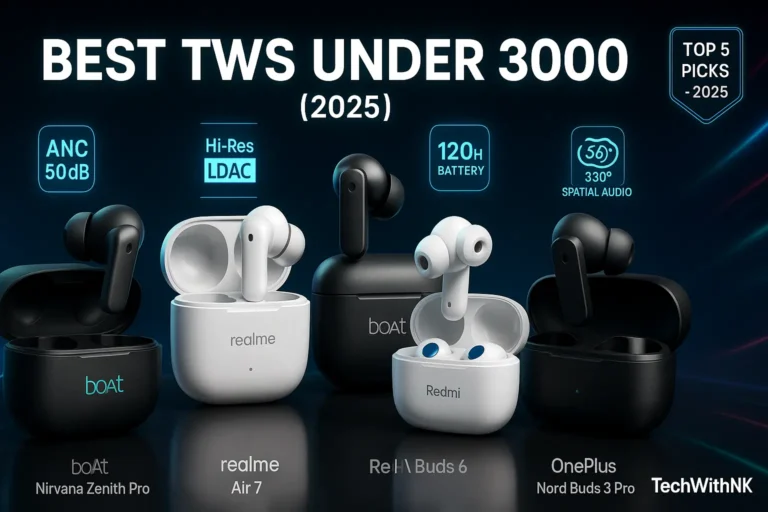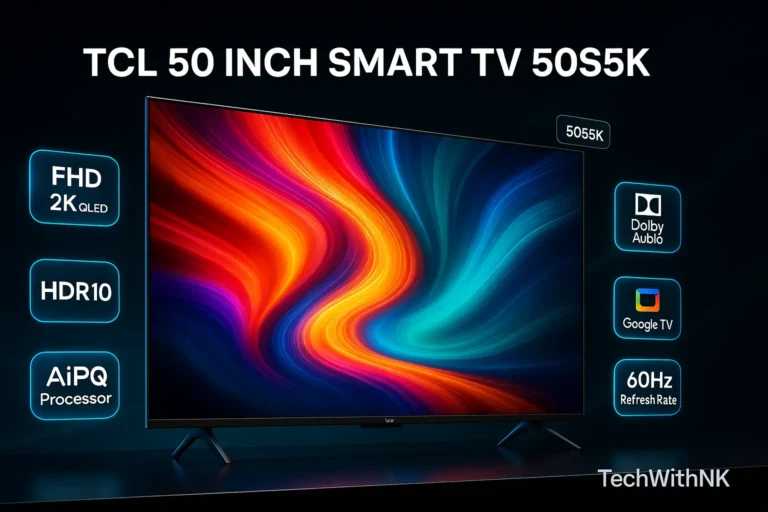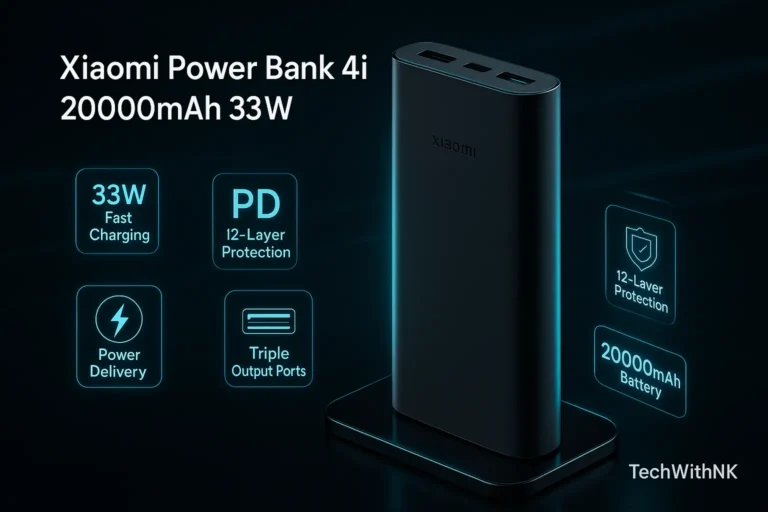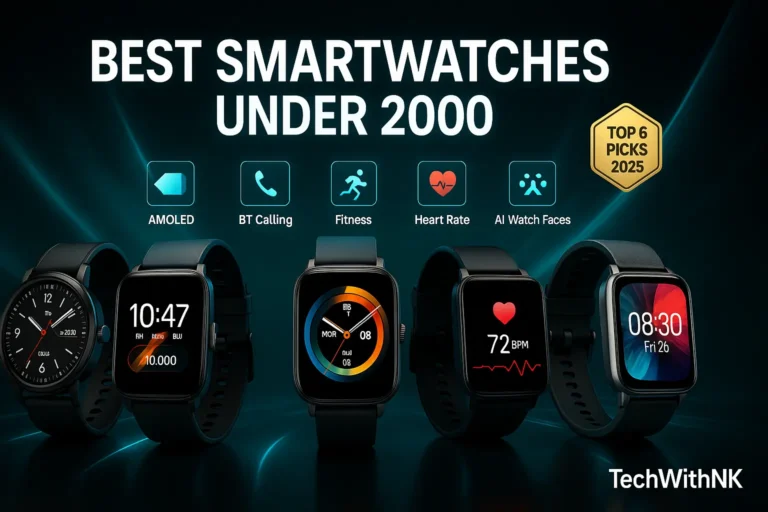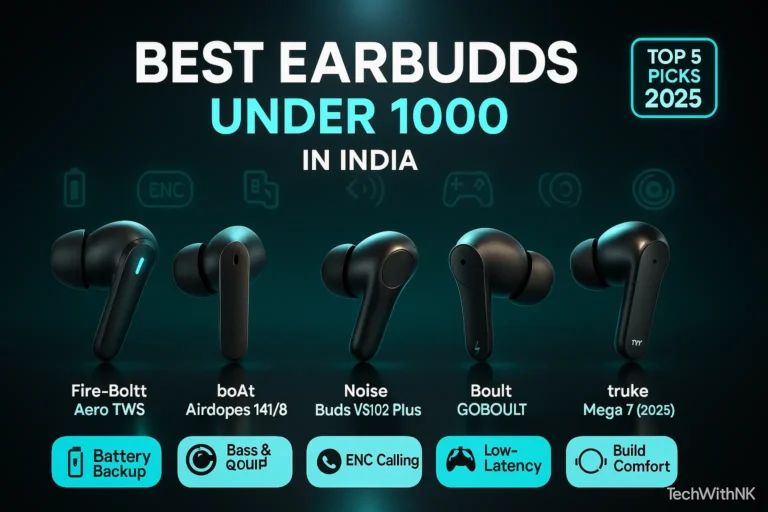Table of Contents
ToggleIntroduction
In India, power outages, rising electricity bills, and the need for sustainable energy storage have made battery technology more important than ever — especially for solar setups and rural electrification. Most Indian homes rely on lithium-ion batteries today, but a new competitor is making waves globally: the graphene battery.
In this blog post, we’ll explore the key differences between graphene and lithium-ion batteries, their advantages, limitations, costs, and which one is more suitable for Indian homes in 2025 and beyond.
🧪 What Is a Lithium-Ion Battery?
Lithium-ion (Li-ion) batteries have been the standard for everything from inverters and solar batteries to mobiles and laptops. They work by moving lithium ions between electrodes, generating a flow of electricity.
🔋 Common Uses in India:
- Home inverter backup systems
- Rooftop solar energy storage
- Electric vehicles (EVs)
- Mobile phones, laptops, power banks
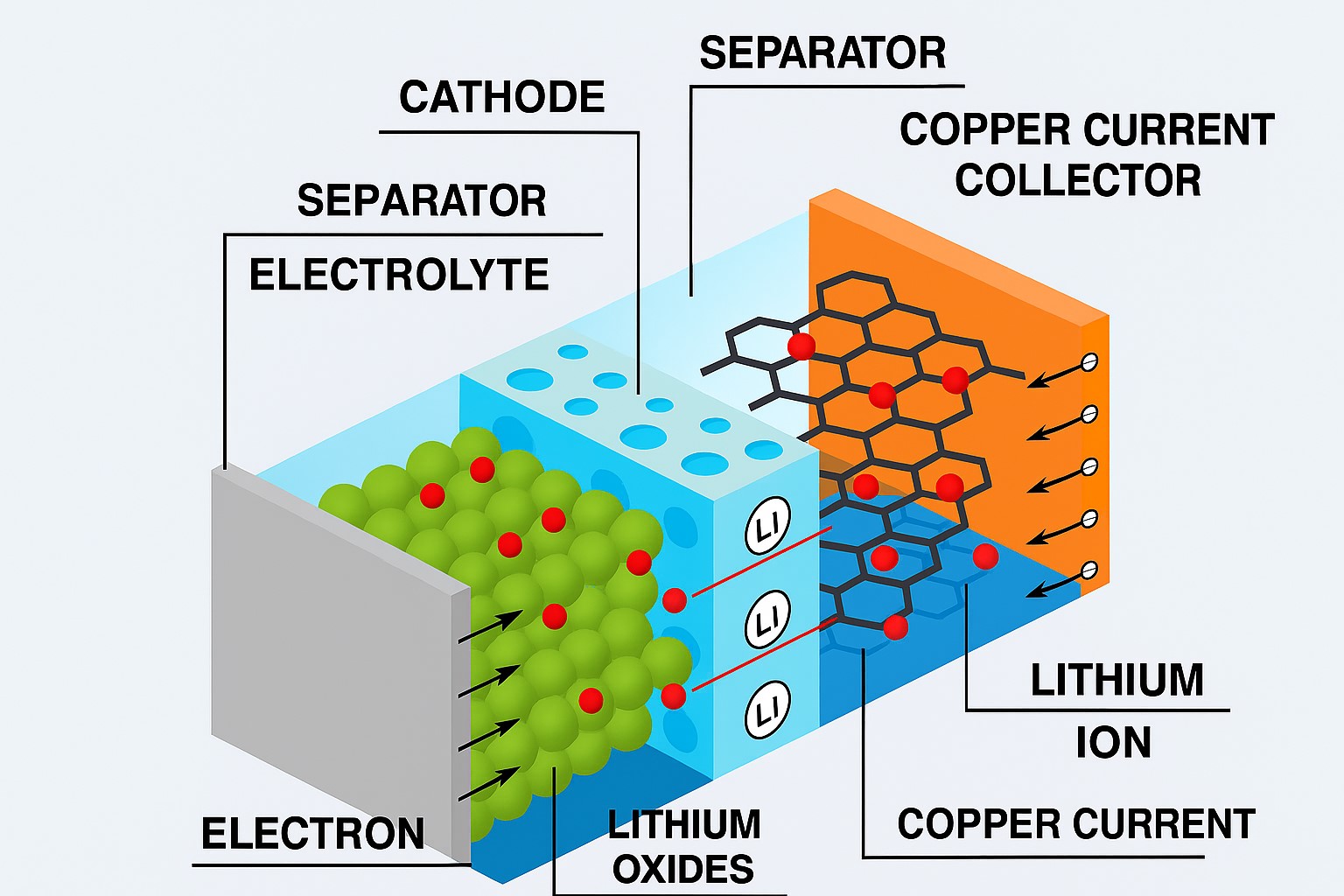
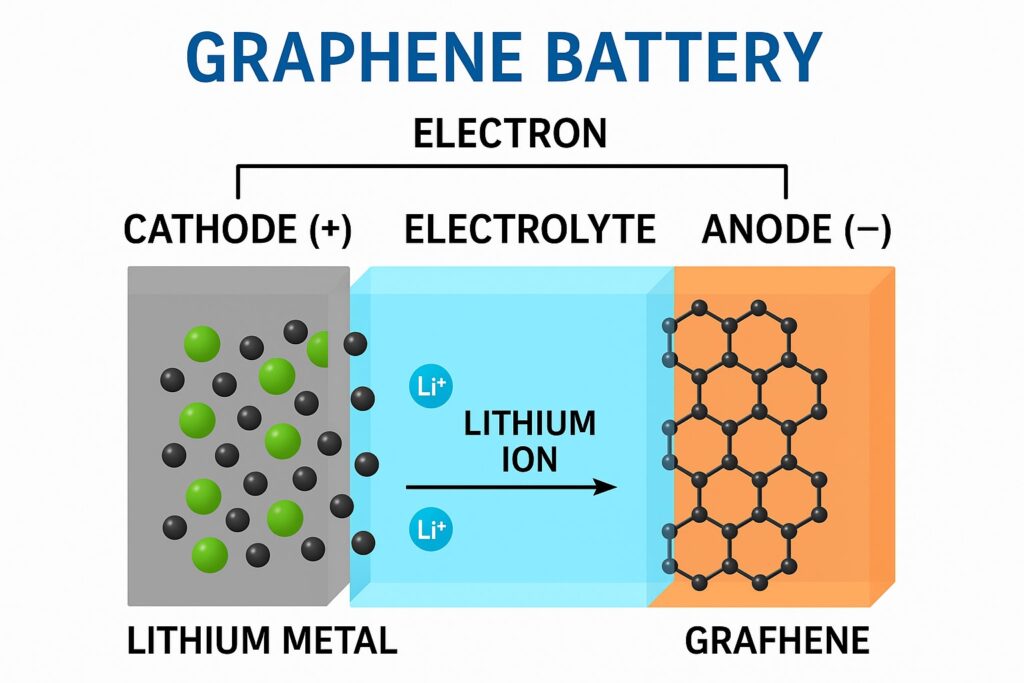
🌐 What Is a Graphene Battery?
Graphene batteries are a newer innovation that use graphene, a form of carbon that is ultra-thin, ultra-strong, and a superior conductor. They can be a hybrid of lithium and graphene, or 100% graphene-based.
⚡ Key Features:
- Faster charging
- Higher energy density
- Less heat generation
- Longer life span
- Eco-friendly material (carbon-based)

⚖️ Graphene vs Lithium-Ion: Feature Comparison
| Feature | Lithium-Ion | Graphene |
|---|---|---|
| Charging Speed | 1–2 hrs | 10–20 mins (5x faster) |
| Battery Life | 500–1,500 cycles | 2,000–10,000+ cycles |
| Heat Management | Gets hot | Runs cooler |
| Weight | Moderate | Lighter |
| Safety | Risk of overheating/fire | More stable |
| Cost (2025 est.) | ₹8–₹12 per Wh | ₹15–₹20 per Wh (dropping) |
| Commercial Use | Mass adopted | Emerging tech in 2025 |
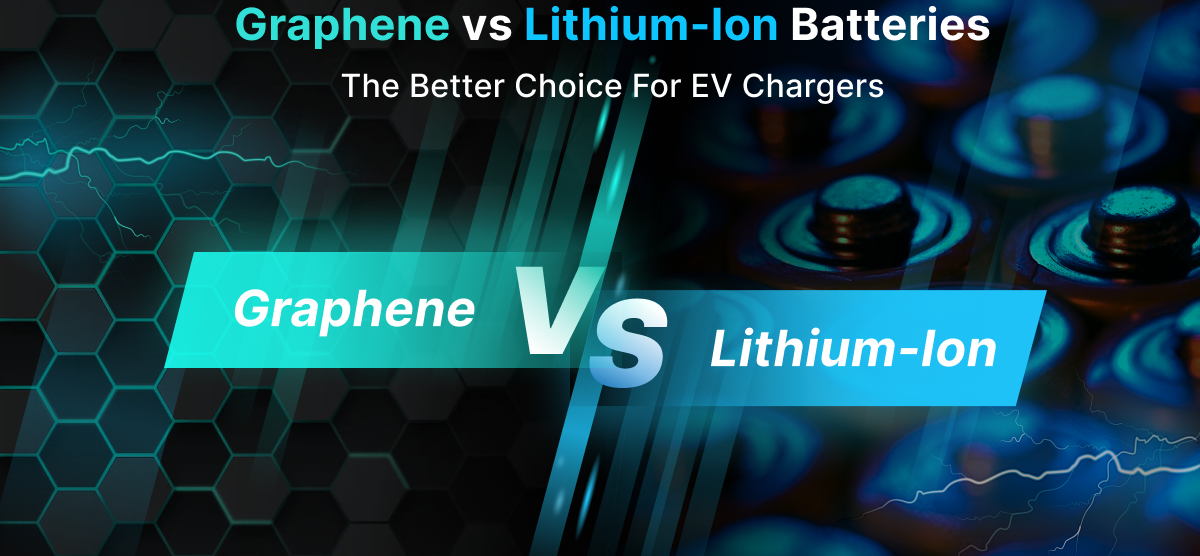
🔋 Why Battery Choice Matters for Indian Homes
India faces challenges like:
- Power cuts in rural areas
- Need for solar backup during non-sunny hours
- Heat-related battery wear and tear
- High cost of replacing batteries every few years
In this context, a better battery means:
- More reliability during power cuts
- Better performance in hot Indian summers
- Longer life span, saving money long-term
- Faster charging, especially where solar input is limited
💡 Applications in Indian Homes
1. Solar Power Systems
- Most homes with solar panels use lithium-ion solar batteries to store excess energy.
- Graphene-enhanced solar batteries can improve efficiency by 20–30% and last longer.
2. Inverter/UPS Backup
- Li-ion is better than lead-acid, but still degrades with frequent use.
- Graphene can provide instant backup, rapid recharging, and minimal heat.
3. EVs & Two-Wheelers
- India’s booming electric 2-wheeler market is testing graphene batteries.
- Better for short, frequent trips and high-temperature conditions.
4. Mobile Devices & Laptops
- Some brands are introducing graphene-based quick-charging phones.
- Graphene helps keep devices cool and boosts battery durability.
🔍 Availability & Market Adoption in India
As of mid-2025:
| Technology | Availability in India |
|---|---|
| Lithium-ion | Widely available in all cities and towns |
| Graphene-lithium hybrid | Limited, used in some EVs, solar setups |
| Pure graphene batteries | Rare, mostly experimental or imported |
🚚 Indian Brands/Initiatives:
- Amara Raja & Exide: Exploring graphene R&D
- Tata, Ather, Ola Electric: Piloting graphene in EVs
- IIT Madras & ISRO: Researching graphene battery storage for national grid use
📉 Cost Comparison (2025 Est.)
| Type | Avg. Price/Unit (1kWh) | Lifespan | Replacement Cycle |
|---|---|---|---|
| Lead-Acid | ₹7,000–₹9,000 | 2–3 years | Frequent |
| Lithium-Ion | ₹15,000–₹20,000 | 5–7 years | Moderate |
| Graphene Hybrid | ₹25,000–₹30,000 | 10+ years | Rare |
🔥 Pros and Cons
✅ Pros of Graphene Batteries
- Ultra-fast charging
- Longer lifespan (up to 20 years in some tests)
- Lightweight and compact
- Safer in Indian heat and humidity
- Environmentally friendly material
❌ Cons of Graphene Batteries
- High initial cost (but decreasing)
- Limited market availability in India
- Technology still evolving
- Few verified Indian distributors
🔮 Future of Battery Tech in India
India’s push for Atmanirbhar Bharat (Self-Reliant India) is fueling innovation in battery tech.
Coming trends:
- MNRE support for graphene R&D
- Government incentives for EV batteries and solar storage
- Local manufacturing to cut import costs
Expect major changes by 2026–2028, including:
- Cheaper domestic graphene batteries
- Standard use in solar homes, EVs, and backup systems
- Blended batteries: Graphene + LiFePO4 hybrids
🏁 Conclusion
Graphene battery technology is redefining energy storage — not just globally but also in India. While lithium-ion batteries are still the practical standard in 2025, graphene offers unmatched performance, safety, and longevity.
For most Indian homeowners, a hybrid approach is ideal today:
Use graphene-lithium combo batteries for your solar system or backup inverter — and stay future-ready.
⚡ Graphene isn’t just the future — it’s almost here.

